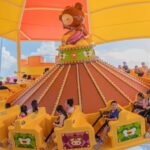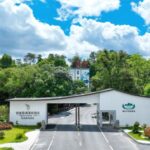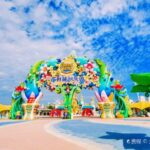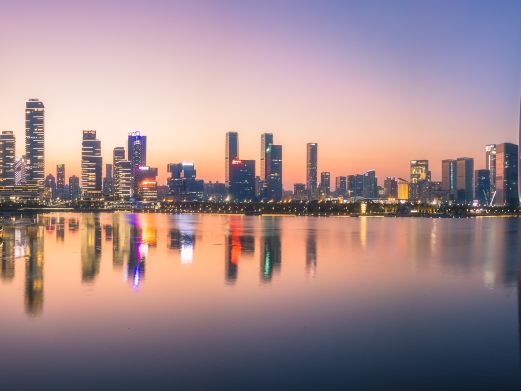The Guangdong Cantonese Opera Museum is located in Zhaoxiang Huanggong Ancestral Hall on Zhaoxiang Road, Chancheng District, Foshan City. It is a cultural relic protection unit in Guangdong Province. The Guangdong Cantonese Opera Museum has nearly 20,000 pieces of Cantonese opera cultural relics and more than 3,000 folk cultural relics and pictures, including precious Cantonese opera cultural relics such as the remnant stone of Qionghua Shuibu, the incense burner and palace lantern of Qionghua Palace. There are also a large number of Cantonese opera scripts, wooden fish books, posters, play bridges, costumes, musical instruments from the Qing Dynasty and modern times, as well as earlier Cantonese opera movies, records, stills, and calligraphy and paintings of famous actors. The Foshan Cantonese Opera Museum is located in Zhaoxiang Huanggong Ancestral Hall, a large ancestral hall and residential complex in Chancheng District. Zhaoxiang Huanggong Ancestral Hall was built in the late Qing Dynasty and early Republic of China. It is the ancestral hall of Huang Danian, the founder of the famous traditional Chinese patent medicine “Huang Xianghua Ruyi Oil” in Foshan. The ancestral hall is majestic, with exquisite and unique design and luxurious decoration. It is a representative of existing ancestral hall-style buildings in Foshan. The main building faces east from west and is composed of the front gate, worship pavilion, second entrance, third entrance, and back entrance arranged on the longitudinal axis. It is a four-entry courtyard with a quadrangle layout. There are also four-entry wing rooms (residences) separated by green cloud alleys on the left and right sides, which are symmetrical, neat and beautiful. The front gate is tall and majestic with luxurious decoration; the beam frame of the porch is covered with exquisitely carved and lacquered gold wood carvings; the polished blue bricks on the front wall are neat and beautiful. The worship pavilion is constructed by using the front eaves columns of the second entrance building. The frameworks of the second and third entrances are melon-column style beam-lifting structures following the Qing Dynasty system, and the interior is spacious and bright. The entire museum’s exhibition is divided into three major parts: history, art, and people, with a total of 13 exhibition areas. Cantonese opera scripts, wooden fish books, posters, play bridges, costumes, musical instruments, calligraphy and paintings of famous actors, and Cantonese opera movies from the Ming and Qing Dynasties to the present are on display.
Opening hours: Open from Tuesday to Sunday from 09:00 to 17:00 all year round; closed all day on Monday all year round. The specific business status is subject to the opening situation on that day.Guangdong Cantonese Opera Museum
The Guangdong Cantonese Opera Museum is located in Zhaoxiang Huanggong Ancestral Hall on Zhaoxiang R[...]









